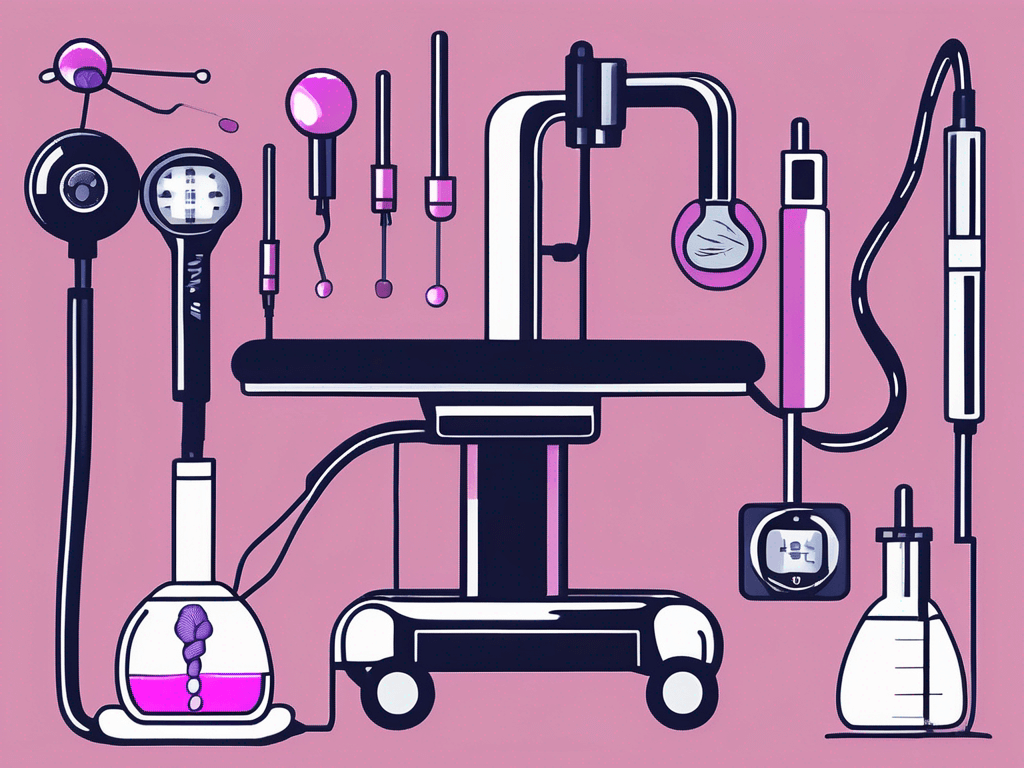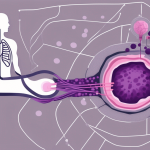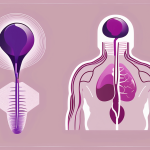Navigating advanced prostate cancer involves understanding its progression beyond the prostate gland and exploring various treatment options. This comprehensive guide highlights that early detection is key, but for advanced stages, treatments like hormone therapy, chemotherapy, radiation, and immunotherapy are tailored to manage symptoms and improve life quality. Factors such as overall health, age, potential side effects, and personal preferences influence treatment choices, underscoring the importance of personalized care. Emphasizing open discussions with healthcare providers and support networks, this guide encourages patients to actively participate in their treatment planning, aiming for the best possible outcome while managing the complexities of advanced prostate cancer.
Prostate cancer is a complex and challenging disease that affects millions of men worldwide. If you or a loved one has been diagnosed with advanced prostate cancer, you may be feeling overwhelmed and unsure about the treatment options available. In this comprehensive guide, we will provide you with a detailed understanding of advanced prostate cancer and the various treatment options that can help in managing the disease effectively.
Understanding Prostate Cancer
Before delving into the specifics of advanced prostate cancer treatment, it is important to have a clear understanding of the disease itself. Prostate cancer begins when abnormal cells form in the prostate gland, a small walnut-shaped organ located below the bladder. As the cancer progresses, it can spread beyond the prostate gland and into other areas of the body. Prostate cancer is often slow-growing and may not cause symptoms in the early stages.
The prostate gland, although small in size, plays a crucial role in the male reproductive system. It produces a fluid that nourishes and protects sperm, aiding in their movement. The development of cancerous cells in the prostate disrupts this delicate balance and can have significant implications for a man’s overall health.
The Basics of Prostate Cancer
Prostate cancer is classified into different stages based on the extent of the disease. In the early stages, the cancer is usually confined to the prostate gland itself. This stage is known as Stage I prostate cancer. As the cancer advances, it can progress to locally advanced or metastatic stages, where it spreads to nearby tissues or distant organs, respectively. The progression of prostate cancer is influenced by various factors, including the aggressiveness of the cancer cells and the individual’s overall health.
Locally advanced prostate cancer, also known as Stage II, occurs when the cancer cells have spread beyond the prostate gland but have not yet reached distant organs. This stage presents unique challenges in treatment, as the cancer may have infiltrated nearby tissues, such as the seminal vesicles or the bladder neck. Effective management of locally advanced prostate cancer requires a comprehensive approach that takes into account the specific characteristics of the tumor and the patient’s overall well-being.
Stages of Prostate Cancer
Prostate cancer is categorized into four stages: Stage I, Stage II, Stage III, and Stage IV. In the earliest stage, Stage I, the cancer is confined to the prostate gland and is typically smaller in size. At this stage, the cancer may not cause noticeable symptoms, making regular screenings all the more important for early detection.
As the cancer progresses to higher stages, it may spread to nearby tissues, lymph nodes, or other organs in the body. Stage III prostate cancer indicates that the cancer has spread beyond the prostate gland and nearby tissues, potentially affecting the seminal vesicles or the bladder. This stage requires a comprehensive treatment plan that may include a combination of surgery, radiation therapy, and hormone therapy.
Stage IV prostate cancer is the most advanced stage, indicating that the cancer has spread to distant organs, such as the bones, liver, or lungs. This stage presents significant challenges in treatment and requires a multidisciplinary approach involving medical oncologists, radiation oncologists, and other specialists. The goal of treatment at this stage is to manage symptoms, slow the progression of the disease, and improve the patient’s quality of life.
Risk Factors and Symptoms
While the exact causes of prostate cancer are still unknown, certain factors can increase the risk of developing the disease. Age is a significant risk factor, with the majority of prostate cancer cases occurring in men over the age of 65. Family history also plays a role, as men with close relatives who have had prostate cancer are at a higher risk. Additionally, race can influence the likelihood of developing prostate cancer, with African American men having a higher incidence rate compared to other ethnic groups.
Genetic mutations, such as those in the BRCA1 and BRCA2 genes, have also been associated with an increased risk of prostate cancer. These mutations are more commonly known for their link to breast and ovarian cancer but can also impact prostate health. Understanding one’s genetic predisposition to prostate cancer can help guide screening and treatment decisions.
Recognizing the common symptoms of prostate cancer is essential for early detection and timely intervention. Frequent urination, especially during the night, can be an early sign of prostate cancer. Difficulty starting or stopping urination, weak urine flow, blood in the urine or semen, and erectile dysfunction are other symptoms that warrant further evaluation. It is important to note that these symptoms can also be caused by non-cancerous conditions, but it is always advisable to consult with a healthcare provider for a proper diagnosis.
By understanding the basics of prostate cancer, its stages, and the associated risk factors and symptoms, individuals can take an active role in their prostate health. Regular screenings, open communication with healthcare providers, and a proactive approach to managing risk factors can contribute to early detection and improved outcomes for those affected by prostate cancer.
Advanced Prostate Cancer: An Overview
When prostate cancer progresses to an advanced stage, it requires a more comprehensive treatment approach. Advanced prostate cancer refers to cancer that has spread beyond the prostate gland and may involve nearby tissues, lymph nodes, or distant organs. Managing advanced prostate cancer requires a multimodal treatment strategy that targets both the primary tumor and any metastatic lesions.
Defining Advanced Prostate Cancer
Advanced prostate cancer is characterized by the presence of cancer cells in areas beyond the prostate gland. This may include the seminal vesicles, bladder, rectum, lymph nodes, bones, or other distant organs. As the cancer spreads, it can cause a range of symptoms such as bone pain, fatigue, weight loss, and urinary problems. Diagnosis of advanced prostate cancer involves imaging tests, such as bone scans and CT scans, to identify the extent of the disease.
Progression from Early to Advanced Stage
Understanding the progression of prostate cancer from an early stage to an advanced stage can help patients and their loved ones better comprehend the disease and its treatment options. Prostate cancer generally starts as localized disease within the prostate gland and may progress locally or metastasize to other parts of the body over time. Regular monitoring and early intervention are crucial to prevent the progression of prostate cancer to an advanced stage.
Treatment Options for Advanced Prostate Cancer
Treatment for advanced prostate cancer aims to control the growth of cancer cells, alleviate symptoms, and improve the patient’s overall quality of life. Depending on the stage of the disease and the individual’s specific circumstances, several treatment options may be considered.
Hormone Therapy
Hormone therapy, also known as androgen deprivation therapy (ADT), is a common treatment approach for advanced prostate cancer. It works by suppressing the production of testosterone, a hormone that fuels the growth of cancer cells. Hormone therapy can be administered through medications, injections, or surgical removal of the testicles.
Chemotherapy
Chemotherapy utilizes powerful drugs to kill cancer cells or prevent their growth. It may be recommended for advanced prostate cancer that is no longer responsive to hormone therapy. Chemotherapy can help to reduce tumor size, control symptoms, and potentially extend survival. However, it can also bring side effects that should be discussed with your healthcare team.
Radiation Therapy
Radiation therapy uses high-energy beams to kill cancer cells or shrink tumors. It may be used as a primary treatment for advanced prostate cancer, as palliative therapy to relieve symptoms, or as an adjunct to other treatments. Radiation therapy can be delivered externally or internally, depending on the specific situation.
Immunotherapy
Immunotherapy is an innovative and emerging treatment approach that harnesses the power of the immune system to fight cancer cells. It works by stimulating the body’s immune response or introducing immune cells or substances to specifically target cancer cells. Immunotherapy is a rapidly evolving field, and ongoing research is exploring its potential in treating advanced prostate cancer.
Surgery and Other Procedures
In certain cases of advanced prostate cancer, surgical intervention may be considered. Surgery can involve the removal of the prostate gland (radical prostatectomy) or the removal of metastatic lesions from other areas of the body (metastasectomy). Other procedures, such as cryotherapy or high-intensity focused ultrasound (HIFU), may also be utilized to selectively destroy cancer cells.
Factors Influencing Treatment Choices
When making decisions about advanced prostate cancer treatment, several factors need to be taken into account to ensure personalized care that aligns with an individual’s needs and preferences.
Patient’s Overall Health
A patient’s overall health plays a crucial role in determining the appropriate treatment options. The treating healthcare team will evaluate various factors, such as the patient’s medical history, existing comorbidities, and overall physical condition, to devise a treatment plan that maximizes effectiveness while minimizing potential risks.
Age and Life Expectancy
Age is an important consideration in advanced prostate cancer treatment. The potential benefits of aggressive treatment approaches should be balanced against the potential risks and side effects, particularly in older patients. Additionally, life expectancy and individual goals and values should be taken into account when considering the potential impact of treatment on quality of life.
Potential Side Effects
Understanding the potential side effects and risks associated with different treatment options is essential in making informed decisions. Each treatment modality carries its own set of possible side effects, ranging from short-term discomfort to long-term effects on sexual function, urinary continence, and overall well-being. Open and honest discussions with healthcare providers are critical in order to weigh the benefits against the potential drawbacks.
Personal Preferences
Personal preferences and values are unique to each individual and should guide treatment decisions. Some patients may prioritize maximizing survival outcomes, while others may prefer interventions that prioritize quality of life. Engaging in open conversations with the healthcare team and seeking support from loved ones can help identify the most suitable treatment approach that aligns with individual goals and values.
Living with advanced prostate cancer can be challenging, but it is important to remember that you do not have to face it alone. Seek support from healthcare professionals, support groups, and loved ones to navigate this journey. Together, you can develop a personalized treatment plan and strategies to manage the physical, emotional, and psychological aspects of the disease. Stay informed, stay proactive, and always remember that there is hope.






